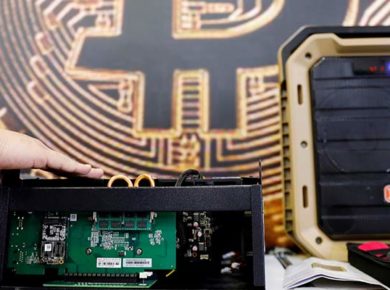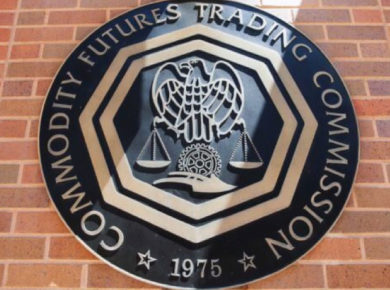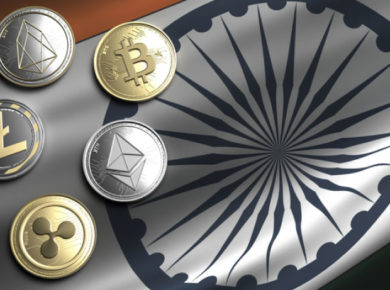The effects of the coronavirus on the fintech industry and its customers have ranged far and wide. While the struggles that legacy companies may be facing are likely somewhat different from the difficulties that startups are dealing with, many of the issues are the same — all of these companies, for example, are grappling with what the future might bring after the coronavirus passes.
This includes Ripple. As one of the largest companies in the cryptocurrency and fintech space, Ripple has an extensive reach around the whole globe: as such, the company’s leadership has a rather unique view of how the spread of the virus is changing its users’ lives.
The Most Diverse Audience to Date at FMLS 2020 – Where Finance Meets Innovation
Recently, Finance Magnates sat down with Navin Gupta, Managing Director of South Asia & MENA at Ripple, to talk about the effects of the coronavirus that he’s observed on the industry in which his company operates, as well as about Ripple’s operations in South Asia and MENA more generally.
Navin became a part of Ripple after two years as Co-Founder and chief executive of an on-demand commercial transportation service firm. He also has extensive experience in global transaction banking, payments and cash management, and strategy planning after nearly two decades working for HSBC and Citigroup across a number of countries; he also served as a board member of the National Payments Corporation of India (NPCI) from 2011 to 2014.
A major shift from physical to digital
We asked Navin what he has observed with regard to the ways that the coronavirus is changing the industry that Ripple operates in.
He said that there have been two dramatic shifts: “one is that we’re seeing a big shift from paper or ‘touch-based’ or physical to digital: so, if [someone] had the choice, she would not like to go to a physical retail store. If she can use an app to make the transfer possible, she would like to do that.”
“So, there is a shift in terms of our customers who have a very strong digital footprint, who are ‘digital first’ — banks or payment companies. Definitely, what we are seeing is that their business has been going up, and that this ‘shift to digital’ has been accelerated by this crisis.”
“The second thing that we are seeing is on the beneficiary side as well,” Navin said. “A similar shift is happening: [previously] on the beneficiary side, people may have had the ability to go and line up, or people may have had the ability to receive cash from XYZ-places. But today, due to lockdowns in multiple countries around the world, we are also seeing payments into bank accounts — payments into wallets, payments into some kind of electronic means through which the beneficiary family can go ahead and send it.”
Great topic. In Fintech, contactless payment workflows like Apple Pay that still require a signature via a shared <germy> pen need to be re-imagined.
Coronavirus Spurs Demand for Touchless Technology https://t.co/qLHupI8oJU
— Aaron Suplizio (@AaronSuplizio) March 26, 2020
Eventually, “we also want to make sure is not only that we connect and bring money back into a country, but that we also connect to the local rails in that particular country…what we’re doing is we’re also connecting to the domestic network to ensure every single bank account, every single wallet gets connected through that.”
This also includes eventually adding the option to “use a digital asset, XRP” to send money, so that a customer sending money from (for example) Europe to India would have the choice between a transaction flow of Euros to USD to INR, or from Euros to XRP to INR.
Navin explained that the latter flow comes “at a much lower cost than it would have been through the traditional channel.”
Ripple’s regulatory strategy in MENA is in line with its strategy in the rest of the world
We also asked Navin about the regulatory challenges that have been associated with operating in the MENA region.
Navin said that as a whole, Ripple’s strategy is clear: “we believe for Ripple to become mainstream, we need to work with the regulators. We need to earn the trust of the regulators and explain to them what we are doing, why we are doing it, and what the benefit is to their constituents.”
“Once they understand it, then, they work very closely alongside us,” he continued. “SAMA (Saudi Arabian Monetary Authority) is one good example — Ripple and SAMA worked very closely initially when we were putting the technology together.”
Forming these close working relationships with regulators has provided Ripple with a number of unique opportunities: “SAMA said, ‘hey, you know what, rather than experimenting one-bank-by-one-bank, why don’t we get a group of banks together and let all of them pilot the Ripple platform. And assuming Ripple is a success, or if it’s a failure, let them openly discuss and learn from each other — and that way, you can get scaled in Saudi Arabia much more quickly, and the banks can get the benefits of adopting the technology much more quickly.’”
Therefore, Ripple’s strategy (in short) is to “work with the regulators: educate them, understand what their concerns are, address those concerns, and then make sure the technology is being used at scale in a very transparent manner…we personally believe that this is the way we are able to bring the technology mainstream.”
This is an excerpt. To hear the rest of Finance Magnates’ fascinating interview with Ripple’s Navin Gupta, visit us on Soundcloud or Youtube. Special thanks to Navin and to the Ripple team.











